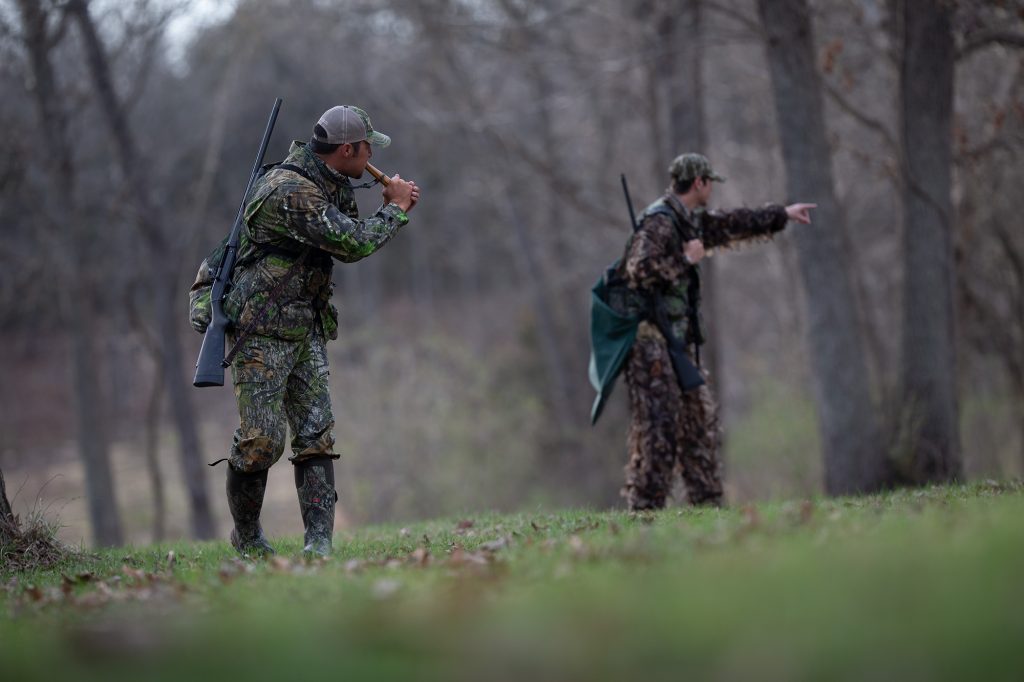Summer offers unique advantages and opportunities for successful hog hunting.
As the temperatures rise and nature awakens in vibrant hues, hunters across the USA eagerly gear up for an exhilarating adventure: summer hog hunting. With the sun shining high and foliage in full bloom, the summer season offers unique advantages and opportunities for those seeking the thrill of the chase. From the increased activity of hogs to the improved visibility in dense vegetation, summer hog hunting presents a promising and exciting experience for hunters.
In this article, we will delve into the reasons why summer is an excellent time to embark on hog hunting expeditions, exploring the behavioral patterns of hogs, favorable hunting conditions, and the conservation impact of this pursuit. So grab your gear, prepare for the heat, and get ready to embrace the excitement of summer hog hunting.
5 Advantages of Summer hog hunting
1. Predictable Behavior
Firstly, during the summer months, hogs tend to exhibit specific behaviors that make them more predictable and accessible to hunters. They are actively searching for food and water sources, which increases their movement and visibility. Hogs rely heavily on water sources during the summer, making watering holes and areas near rivers or ponds prime locations for hunting. This predictable behavior allows hunters to set up ambush points strategically and increase their chances of encountering hogs.
2. Natural Camouflage
Moreover, the dense vegetation and abundant cover during summer provide excellent opportunities for hunters to approach hogs without being detected. The foliage in full bloom offers natural camouflage, making it easier for hunters to stalk their prey or set up blinds in areas with high hog activity. This advantage allows hunters to get closer to their targets and take accurate shots.
3. Longer Days
Additionally, the longer daylight hours in summer provide hunters with extended opportunities to be out in the field. With more time available, hunters can patiently wait for the perfect shot and thoroughly scout areas for hog signs. The longer days also allow for more hunting strategies, including night hunting, which can be particularly effective during the summer when hogs tend to be more active during cooler evenings.
4. Improved Visibility
Another advantage of hunting hogs in the summer is the increased visibility and tracking capabilities. With foliage at its peak, sightlines become clearer, enabling hunters to spot hogs from a distance. This improved visibility also makes hog tracks and signs more visible, aiding in tracking their movements. Dry ground conditions during summer facilitate tracking as well, as footprints and disturbances are more easily identifiable.
5. Critical for Conservation
Summer is a critical time for hog population control. Feral hog populations tend to experience rapid growth during this season due to favorable breeding conditions and increased food availability. By actively hunting hogs during the summer, hunters contribute to managing these populations and minimizing the damage they cause to agricultural lands and native ecosystems.
Collaborative efforts between hunters, landowners, and wildlife management agencies play a crucial role in ensuring effective hog population control and habitat preservation.
Summer Safety Considerations
It is essential for hunters to consider the safety aspects of summer hunting. Managing heat-related risks and staying hydrated is crucial, especially during hot summer days. Wearing appropriate clothing to combat the heat and protecting oneself from potential encounters with venomous snakes, which are more active during the summer, should be prioritized.
Summer is a time when snakes are more active, especially in areas with dense vegetation. By staying vigilant, wearing appropriate footwear, and being knowledgeable about local snake species and their habitats, hunters can minimize the risk of snake bites and ensure their safety during summer hog hunting expeditions.
Give Summer Hog Hunting a Try
Summer hog hunting in the USA offers an exciting and rewarding experience for hunters. Seize the opportunities that this season presents. Embrace the challenges, but always prioritize safety. Stay hydrated, protect yourself from the heat, and be mindful of the presence of venomous snakes. By doing so, you'll ensure a rewarding and secure hunting experience.
Remember, hunting is not just about the thrill of the chase, but also about our responsibility as stewards of the land. By participating in summer hog hunting, we actively contribute to population control and the preservation of our agricultural lands and ecosystems. Let us carry forward our hunting traditions with a deep respect for nature and a commitment to conservation.
So, gather your gear, share your knowledge with fellow hunters, and lead by example.

 Excise taxes fund wildlife research for the sustainable maintenance of healthy wildlife populations.[/caption]
The excise taxes established under the Pittman-Robertson Act have been a driving force, contributing over $16.4 billion (over $25 billion adjusted for inflation) to individual states. In this video, Peter Novotny, Deputy Chief of the Ohio Division of Wildlife, highlights how these funds, combined with hunting and fishing license dollars, fund essential wildlife research. This research enables a deeper understanding of how wildlife populations adapt to a changing environment, ultimately leading to the maintenance of healthy and sustainable populations.
Excise taxes fund wildlife research for the sustainable maintenance of healthy wildlife populations.[/caption]
The excise taxes established under the Pittman-Robertson Act have been a driving force, contributing over $16.4 billion (over $25 billion adjusted for inflation) to individual states. In this video, Peter Novotny, Deputy Chief of the Ohio Division of Wildlife, highlights how these funds, combined with hunting and fishing license dollars, fund essential wildlife research. This research enables a deeper understanding of how wildlife populations adapt to a changing environment, ultimately leading to the maintenance of healthy and sustainable populations.
 “We feel comfortable and confident that the excise tax dollars are helping keep healthy deer herds out there across the United States,” said Phil Bednar, President and CEO of TenPoint Crossbows.[/caption]
“We feel comfortable and confident that the excise tax dollars are helping keep healthy deer herds out there across the United States,” said Phil Bednar, President and CEO of TenPoint Crossbows.[/caption]